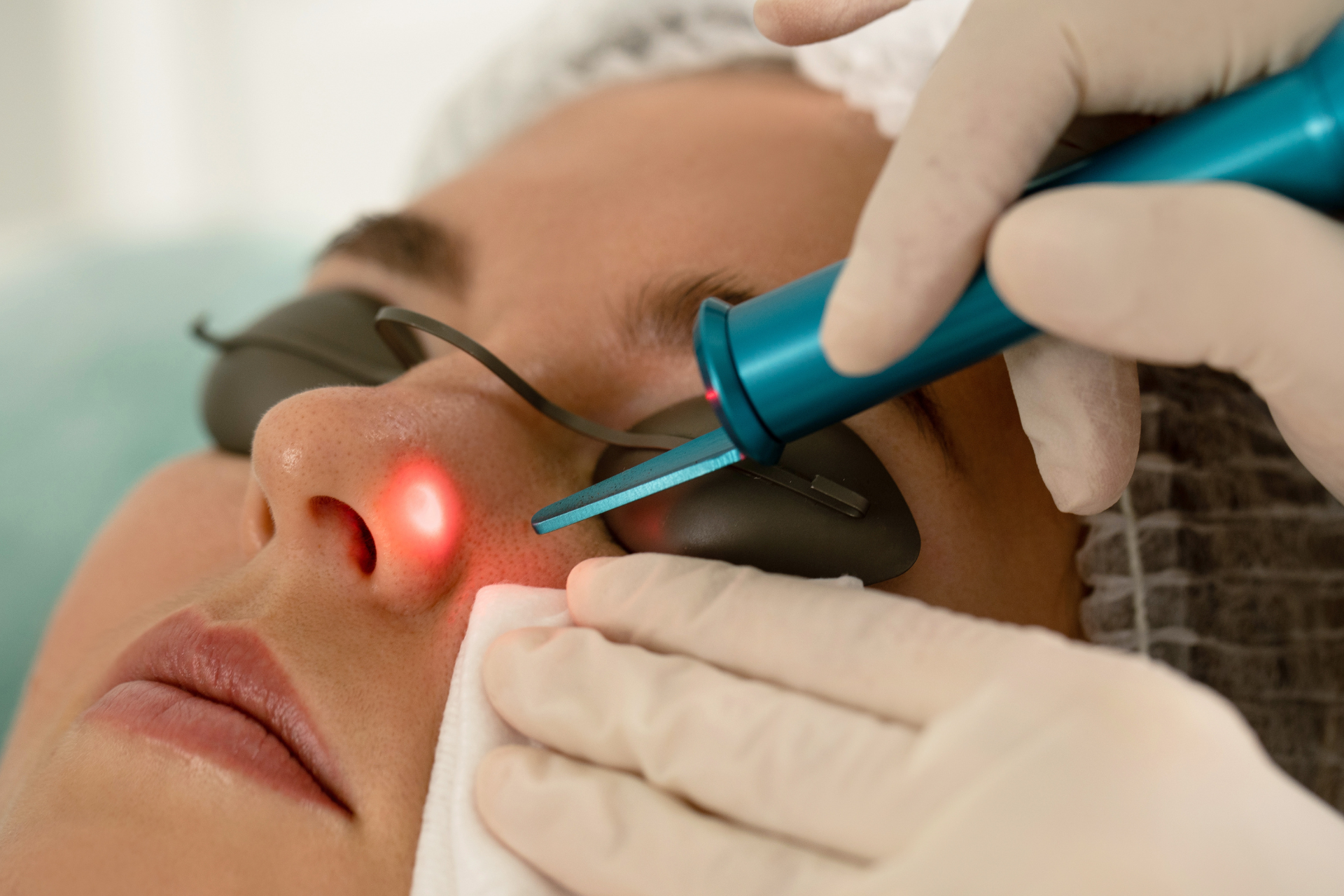The Ultimate Guide to Mole Removal

At Fall Creek Skin and Health Clinic, we understand that moles can be a concern for many individuals. Whether they are harmless beauty marks or more serious growths, knowing when and how to remove moles can significantly impact your skin health and overall wellbeing. This comprehensive guide will delve into the different mole removal methods and provide you with essential information to help you make informed decisions.
Understanding Moles
Moles, or nevi, are common skin growths that can appear anywhere on the body. They typically develop from melanocytes, the cells responsible for pigment production. Most moles are benign, but it’s essential to monitor changes in size, shape, or color, as these could signal a potential health issue, such as skin cancer.
When to Seek Removal
While many people choose to keep their moles, there are situations where removal can be beneficial. Consult your dermatologist if you notice:
- Changes in the appearance of a mole (irregular edges, asymmetry, multiple colors)
- Moles larger than a pencil eraser
- Persistent itching or bleeding
Additionally, individuals often seek mole removal for cosmetic reasons. Whatever your motivation, it’s important to consult with a qualified healthcare professional.
Mole Removal Methods
1. Excisional Surgery
This is the most common method for mole removal, especially for suspicious moles. The dermatologist uses a scalpel to cut out the mole along with a margin of surrounding skin. The procedure is typically performed under local anesthesia, and the area is then stitched closed. This method allows for laboratory analysis of the removed tissue to ensure there are no cancerous cells.
2. Shave Removal
In cases where the mole is raised and clearly benign, shave removal may be an option. The dermatologist uses a small blade to shave the mole off at skin level. This technique usually involves less recovery time but may leave a scar.
3. Laser Removal
For smaller and less suspicious moles, laser therapy may be a viable option. This technique uses focused light to break down the pigment in the mole. While it’s less invasive, laser removal is typically used for cosmetic purposes and may not be suitable for all types of moles.
4. Cryotherapy
This method involves freezing the mole with liquid nitrogen. It’s mainly used for benign moles and can result in the mole falling off within a few weeks. However, it may not be effective for larger moles or those with atypical characteristics.
Aftercare and Recovery
The recovery process depends on the removal method used. General aftercare tips include:
- Keep the area clean and dry
- Avoid sun exposure to prevent scarring
- Apply any recommended ointments to promote healing
- Follow up with your dermatologist to ensure proper healing and discuss lab results if applicable
Conclusion
At Fall Creek Skin and Health Clinic, our team is dedicated to providing personalized care for all skin-related concerns, from mole checks to removal. If you’re considering mole removal or are unsure about a particular mole, don’t hesitate to reach out. Our knowledgeable professionals are here to offer guidance and treatment tailored to your needs in a welcoming and affordable environment. Keep your skin healthy and beautiful—schedule your consultation today!




